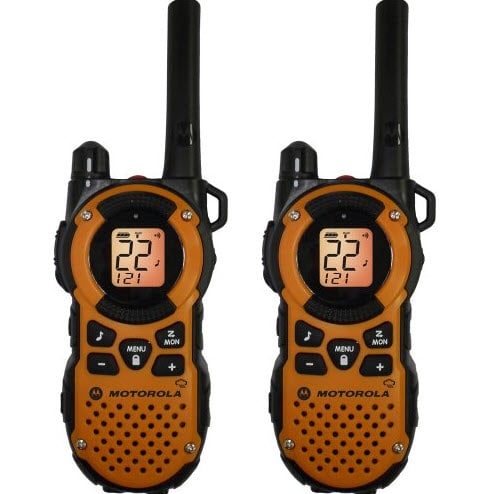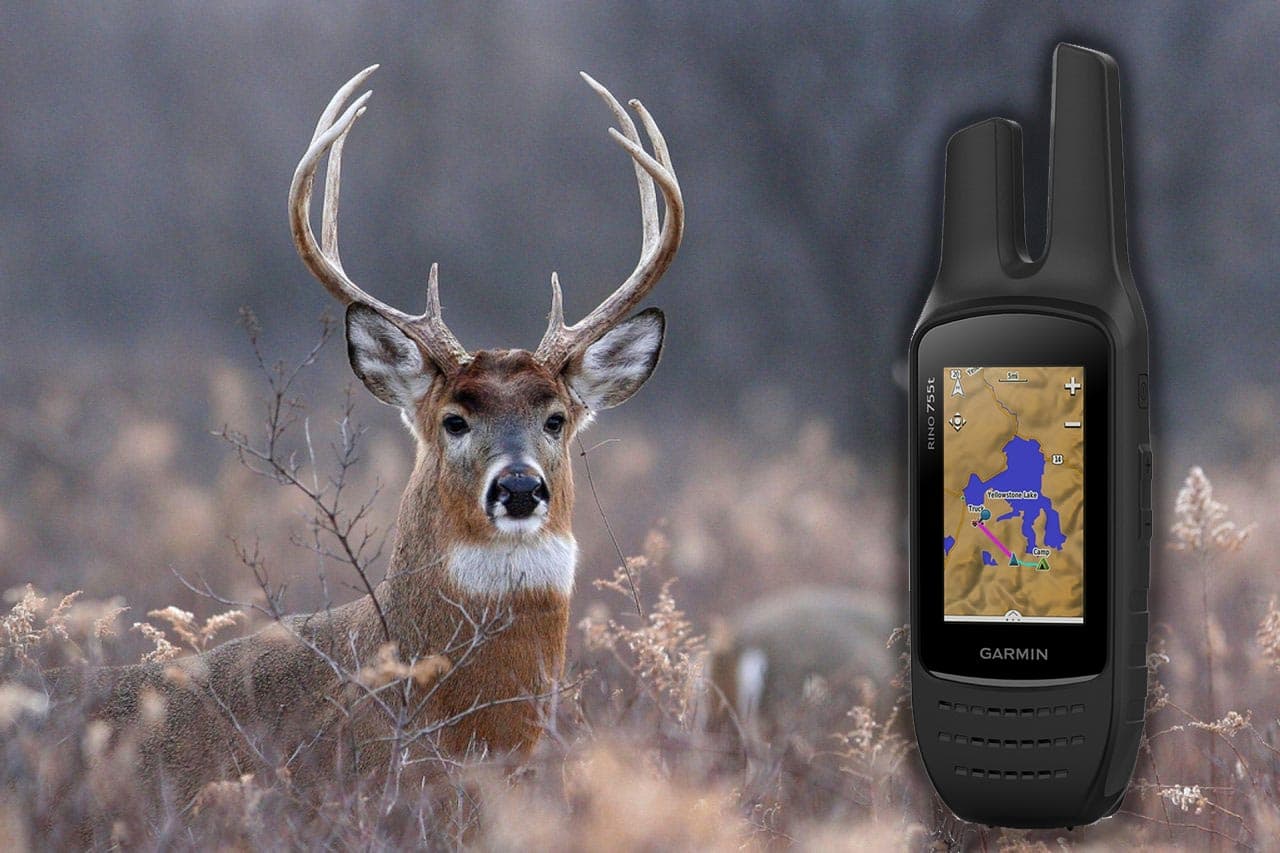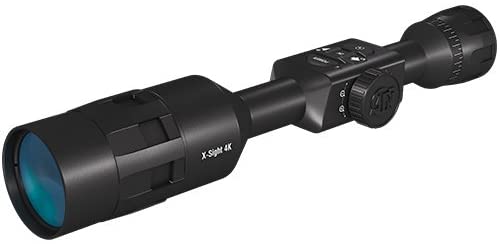
Having a walkie talkie radio set while on a vacation or a camping trip is good – however, if it doesn’t have a decent range, it might be of no use whatsoever.
Since the global lockdowns are now being slowly lifted in most parts of the world, a lot of us are planning ahead of our long-awaited camping, hiking, or other vacation trips with our loved ones. Apart from all other necessary equipment that you need to take along with you, walkie talkie sets is one of the most important item that will ensure good communication with the rest of your group members at all times.
Page Contents
Our Top 5 Walkie Talkies of 2022 with Good Range & Signal Strength
If you are in the market to buy long distance Walkie-Talkies, there are a few models that stand out amongst the rest. We have picked the best products for you, let’s have a detailed look:
BaoFeng BF-888s 2-Way Radio
This brand might not be too popular in the walkie talkies niche, however, with their BF-888S model, they are certainly making noticeable in-roads in this line of products.

With just 15.2 oz in weight, this 2-way set will give you a range of about 2 miles, depending on the surrounding conditions, weather, terrain, etc. If you are in the city, this range could decrease to one mile.
It also features an LED flashlight which comes in quite handy with its 1500mAh Li-ion battery that will give you around 9 to 10 hours of battery with regular use. In this price range, this walkie talkie undoubtedly one of the better options that you can get.
Pros
- 400-470 MHz frequency
- LED flashlight
- 2 mile range (depending on conditions)
- 3W RF output
- Affordability
- Compact design
Cons
- Does not come with a screen for menu access or settings
- Not durable or reliable under tough weather or terrain conditions
Uniden GMR5089-2CKHS
Another good option in the long-range walkie talkies is the Uniden GMR5089-2CKHS 2-way radio set that has an advertised range of 50 miles. However, if you are in an urban environment, this range could get reduced to even 2 miles. In not too harsh terrains or weather conditions, these sets still give you 20+ miles, which is quite decent in this category.

Moreover, this is a heavy duty set that will ensure you get good communication with your team members during your next hiking or camping trip. With 285 privacy settings (142 privacy tones), it supports 22 FRS/GMRS channels including NOAA weather changes and updates regarding any bad weather situations ahead. A backlit display, caller ID, VOX capability and decent battery life, this water-resistant is an option you definitely need to consider before making your walkie talkie purchase.
Pros
- Battery life of about 7-9 hours
- Light weight and compact
- Comes with an emergency light
- LED flashlight
- 22 radio channels
- Can remain submerged under three feet of water for around 30 minutes
Cons
- It never gives you 50 miles as advertised
- Might not have the loudest of volumes as compared to rival products
Midland – GXT1030VP4
One of the top-selling 2-way GMRS radio set, this model is the perfect choice if you are looking for power, range, reliability and dependability. With 142 privacy codes and up to 3,124 channels to block other conversations, this walkie talkie certainly ranks amongst the best in business at present.

With a range of 36 miles under regular conditions, NOAA weather alerts, JIS4 waterproof protection and 22 basic channels with extra 28 extra channels (not all regions), this radio set with its bold yellow faceplate will not disappoint you during your camping or hiking trip.
Pros
- Easy to use
- Long battery life (8-10 hours)
- 36 mile range
- SOS and NOAA alerts
- 142 privacy codes
Cons
- Under tough terrains, signal range could lose around 30 miles
- Voice quality is good for up to 15 miles, after that the quality could go down a bit
Motorola MT352TPR FRS Weatherproof Two-Way
If we talk about good, efficient walkie talkies, it is not possible to not talk about the Motorola models. If you are a regular hiker or a camper, you would know that this is one of the leading brands in the walkie talkie radio set industry.

The MT352TPR FRS gives you outstanding battery performance and signal strength, even under weather or terrain conditions where a lot of other brands and models might fail. It will give you around 20 miles with clear voice quality and signal strength under regular conditions.
This model has all the basic functionalities and features including PTT microphone, 3 NiMH rechargeable battery packs, 22 channels and 121 privacy codes, iVOX hands free communication and a built in flashlight.
Pros
- Up to 35 mile range (as advertised)
- GMRS services
- 11 weather channels (including alerts)
- PTT Power Boost
- 121 privacy codes
- 22 channels
Cons
- Some users have complained about the emergency alarm at times going off on its own
- Might not be as durable as some of the other competitor products in this range
eSync Rechargeable Walkie Talkies
Just like me, you might also at times have the assumption that a cheaply priced product will not have good performance results. Well, it might be true for a lot of products or services – not the eSync Rechargeable walkie talkies.

This 16 UHF channel, VOX featured radio set will meet most of your outdoor needs, and that too, at a pretty affordable price. Under regular conditions, these sets are known to give you a range of about 2-4 miles, however, under ideal conditions this could go up to 15 miles.
Pros
- Scanning functionality
- Built in LED flashlight
- 16 UHF channels
- Emergency Alarm
- Affordability
Cons
- Not the longest of range, but voice clarity is better than the rest of competitor radio sets
- Less durable and reliable (not recommended for tough conditions)
Our Final Thoughts on Long Range Walkie Talkies
When you are in the market for a walkie talkie radio set, you first need to know what purpose you would be using it for and how tough the outdoor conditions could really get. All radio sets have their own strengths and weaknesses – however, signal range and strength is certainly one of the most important factors that should affect your buying decision.
Remember, outdoor conditions can get from bad to worse in a blink of an eye. And communication with your group members is one thing that you need to maintain at any given time during the whole trip.
Choosing a decent walkie talkie radio set with good signal range can make a huge difference to your own safety, and the ones around you.
Care to expand your walkie-talkie communication range? Here’s how!
Buying the best walkie-talkie for your activities isn’t enough if you don’t know how to expand the communication range. Here are some tips to use when you have to improve your walkie-talkie’s communication range:

Increase the transmit power
Most walkie-talkies come with low, medium, and high three-shift transmit power-adjustable. The transmit power for walkie-talkies typically ranges between 0.5-5W. To make an idea, the transmit power for your car radio ranges between 10 to 40W. If there’s a lot of noise during communication, you will want to switch to a higher transmit power; it will enhance the communication quality and expand the communication distance. Once you double the transmission power, the communication range can increase to 1.4 times of actual distance. The downside is that the random and aimless increase in the transmitter power will also cause an increase in power consumption, interference, electromagnetic radiation, and so forth.
Look for an open place to call
The suppliers that give the communication range refer to the theoretical communication distance. The distance is tested in open areas, where there are no barriers. For instance, the concrete walls of buildings will absorb radio waves. If you plan to use the walkie-talkie inside, you should stand by the window. You will have to stay away from the tall buildings, big advertising boards, and trees block for outdoor use.
Enhance the receiver’s sensitivity
The communication distance depends a lot on the receiving sensitivity of the radio. You can adjust the radio’s squelch figure level to improve the receiver sensitivity. Another method is to start using a high-gain antenna. For instance, the telescopic gain is the highest with the walkie-talkie antenna. Most of the time, the longer the antenna, the stronger the ability to capture weak signals will be. If you switch the antennas, make sure that you select the same frequency band antenna.
Have you considered using urban canyons?
If you’re in a big city with many buildings, it will be really tricky to find the possibility to spread the line of sight. You need to get the best out of your environment. The urban canyon refers to the side of the tall, building-intensive, with the straight middle road. If you want to communicate when driving, you should go to a wide road and proceed using the walkie-talkie.
Place the antenna as high as you can
Increasing the antenna height is one of the most efficient ways to expand the communication distance. When used in a city environment, the walkie-talkies have around 2.5 miles. However, when you’re in the mountains, the walkie-talkies can still communicate even if they’re 60 miles away from each other.
Do it at night
It seems that walkie talkie communication range is simply better at night than in the daytime.
Walkie-talkie etiquette—here are the primary rules
If this is the first time you use a walkie-talkie and don’t know the very thing about protocols, we invite you to keep reading. You will find out the main rules of two-way radio etiquette.

Be prepared
When you press the talk button, no one else in the group will be heard or speak. It’s because walkie-talkies are one-at-a-time communication systems. It’s not like when you use the phone and can talk to each other. Always know the message you want to send before pressing the talk button.
If you press the talk button while still thinking about your message, you don’t allow others to share their thoughts. Some of them could have an emergency message to send, and they won’t be able to do it because you’re blocking them. Don’t forget that you will also waste your battery in no time.
Identify yourself and the recipient of your message
In some situations, a group of users could be sharing the same radio channel, so you should introduce your name the moment you begin the transmission. It’s also polite to draw the attention of the person you’re addressing before you send your message.
For instance: “Bear234, this is Newman0123, OVER”. As you suspect, “OVER” is the radio lingo that informs the other person that you’re done speaking. In the beginning, you
only need to identify yourself and catch the person you want to talk to. Once you know they are ready to listen, you will send the other messages.
Use short, concise, and clear messages
Since walkie-talkies allow just one person to speak at a time, you should focus on sending shots and concise messages. You want the other user to understand your message. Don’t send other messages until you’re sure they have got the first one. For instance, radio users often repeat a message to show that they have heard and understood the entire message.
Newman 0123:” Bear234,
this is Newman 023, assistance required at 06 Mile Street, OVER”.
Bear234: “ This is Bear 234. Confirm assistance required at 06 Mile Street. I’m on it, OVER.”
Learn the lingo
Walkie-talkie communication can be efficient when everyone knows and uses similar etiquette and language. This is crucial when more than two people use the same channel. Here are some terms to learn:
- Over- I am done speaking
- Say again- repeat the last message
- Affirmative/negative- Yes/No
- Roger- I have received and understood the message
- Go ahead- Continue with your message
- Stand by- I cannot respond at the moment, but I am aware of your transmission
- Out- the communication is finished and other users can start communicating
Be patient
Sometimes, the person you’re trying to communicate with cannot respond immediately. You should be patient and allow them some time before they answer your message.
Pause before you speak
When you press the push to talk button for the first time, you may encounter a brief delay before the radio sends the message. As a result, your first words could be cut off. You want your listener to get the entire message, so wait a couple of seconds before you start talking.
Learn phonetic alphabet
If you don’t use the walkie-talkie a lot, you won’t need to learn the phonetic alphabet. However, if you have to use it, you might have to spell out essential words to ensure your receiver got the correct message. Here’s NATO’s phonetic alphabet—you might need to learn it:
| A – Alpha | J – Juliet | S – Sierra |
| B – Bravo | K – Kilo | T – Tango |
| C – Charlie | L – Lima | U – Uniform |
| D – Delta | M – Mike | V – Victor |
| E – Echo | N – November | W – Whiskey |
| F – Foxtrot | O – Oscar | X – X-ray |
| G – Golf | P – Papa | Y – Yankee |
| H – Hotel | Q – Quebec | Z – Zulu |
| I – India | R – Romeo |








